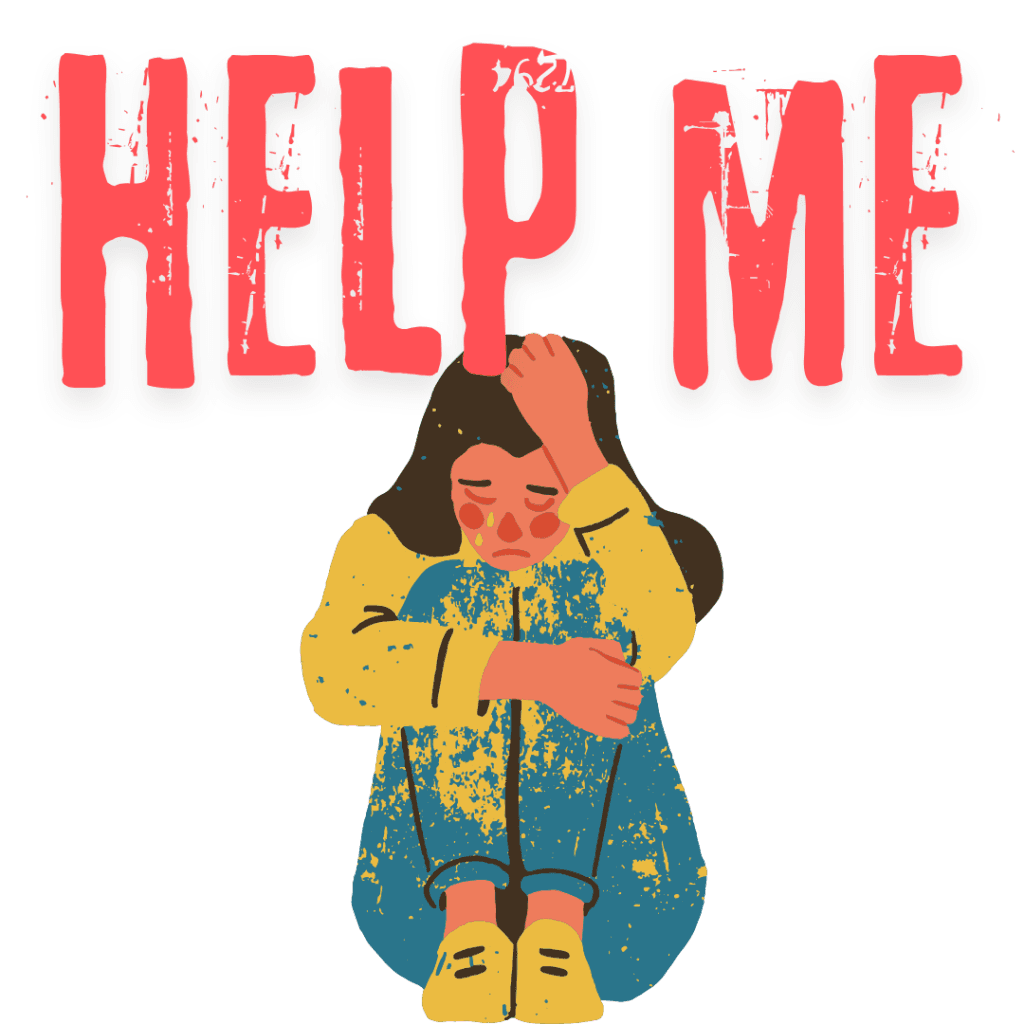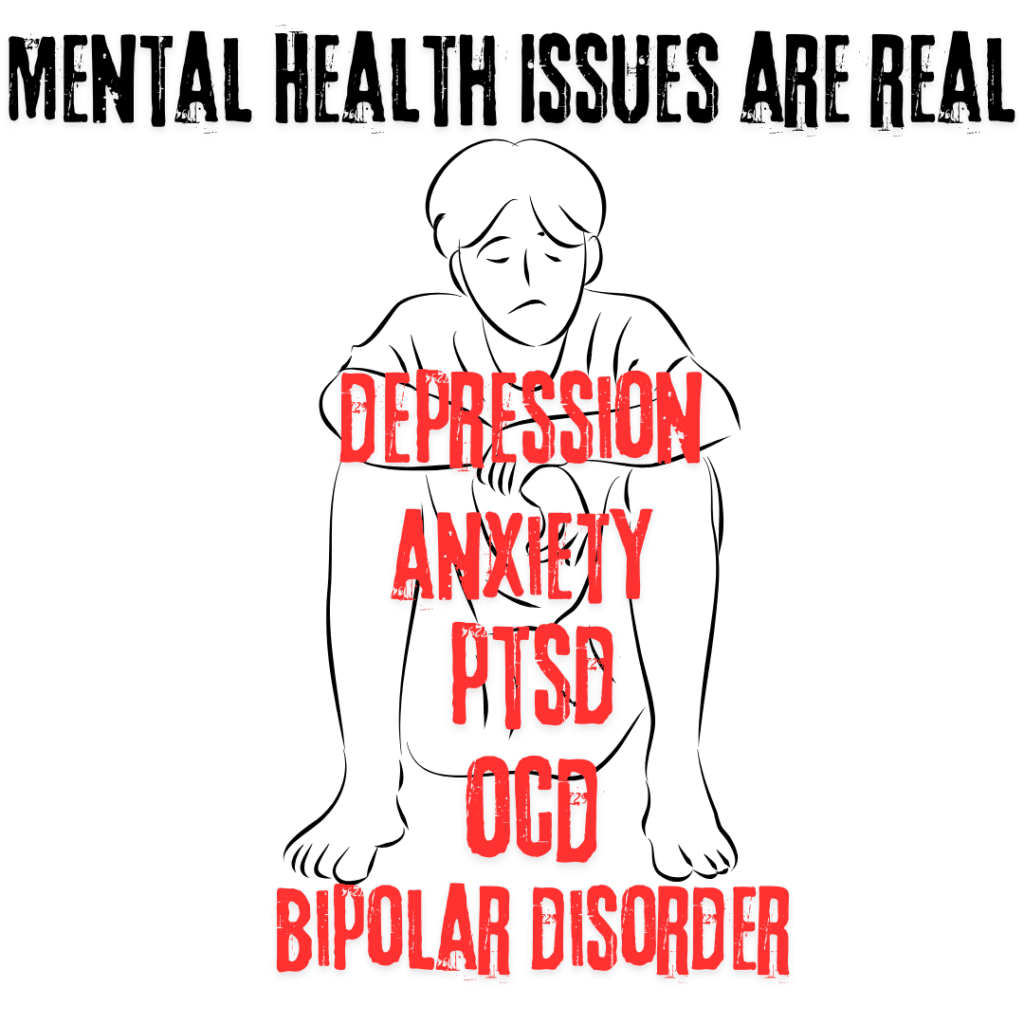Introduction
Suicide is a grave issue in India that transcends age, gender, and socio-economic boundaries. Each case represents not just a statistic but a story of pain, struggle, and unmet needs. In 2022, India recorded an alarming 1.71 lakh suicides a rate of 12.4 per 100,000 people, the highest ever (Source). This article delves into the rising suicide rates, explores societal and systemic factors, and highlights what we can do to prevent such tragedies.

Real-Life Stories: A Glimpse into the Crisis
Student Suicides in Kota: The Pressure to Succeed
Kota, India’s coaching capital, reported 17 student suicides in 2024. These students faced unrelenting academic pressure as their dreams of cracking competitive exams turned into sources of crippling stress. Despite support measures, the fear of failure continues to weigh heavily on young minds.(Source)
A Contractor’s Tragedy in Karnataka
Sachin Panchal, a contractor, took his life after facing extortion by a politician’s aide. His poignant suicide note shed light on how corruption and misuse of power can destroy lives.(Source)
Atul Subhash: Financial and Emotional Harassment by Wife
Atul Subhash, a 34-year-old engineer from Bengaluru, tragically ended his life after enduring relentless financial and emotional harassment by his estranged wife and her family. Despite fulfilling repeated financial demands, he faced threats and harrasment. In his 24-page suicide note and video, Atul detailed his suffering. His death has sparked a nationwide debate on the misuse of legal provisions and the need for balanced reforms to prevent such emotional and financial abuse.(Source)
Simran Singh: The Hidden Toll of Social Media
Simran Singh, a well-loved radio jockey, appeared cheerful on social media but struggled privately with emotional pain. Her death is a stark reminder that social media often masks real struggles, highlighting the need for meaningful human connections.(Source)
Financial Troubles in Mumbai
A government employee in Mumbai succumbed to the burden of mounting debt and relentless harassment by moneylenders. His case underscores the devastating impact of financial stress.(Source)
Pressure in Top Universities
India’s premier institutions, like IITs, have also seen a concerning number of student suicides. In 2024 alone, several students ended their lives due to intense academic and social pressures, emphasizing the need for institutional reform.(Source)
Workplace Stress: Tarun Saxena’s Story
Corporate employee Tarun Saxena faced impossible deadlines and public humiliation. The relentless pressure led to his tragic end, exposing the toxic cultures pervasive in many workplaces.(Source)
Sushant Singh Rajput: A National Shock
The 2020 suicide of actor Sushant Singh Rajput shook the nation, highlighting how fame, mental health struggles, and societal judgment can push even the most successful individuals to despair.(Source)
Understanding Mental Health
Breaking the Stigma
Mental health remains heavily stigmatized in India, with seeking professional help often equated to being “mad” or “crazy.” This harmful perception prevents many from accessing the care they need. Mental health issues are as real and treatable as physical illnesses, requiring attention, empathy, and professional intervention.
Common Mental Health Issues
- Depression: Persistent sadness and hopelessness.
- Anxiety Disorders: Overwhelming fear or worry.
- Bipolar Disorder: Extreme mood swings between euphoria and despair.
- PTSD(Post-Traumatic Stress Disorder): Lingering stress from traumatic events.
- OCD(Obsessive-compulsive disorder): Intrusive thoughts leading to compulsive behaviors.

Consequences of Ignoring Mental Health
When mental health struggles are ignored, they can lead to:
- Social isolation and loneliness.
- Persistent anger and frustration.
- Physical symptoms like fatigue and insomnia.
- Heightened risk of self-harm or suicide.
Acknowledging and addressing mental health challenges is not a sign of weakness but a critical step toward healing.
Why Suicide Rates Are Rising
- Academic Pressure: Students face immense stress to perform well in competitive exams, especially in cities like Kota.
- Financial Stress: Debt and economic instability create overwhelming despair.
- Toxic Work Environments: High-pressure jobs with little emotional or structural support contribute significantly.
- Relationship Conflicts: Breakups, family disputes, and harassment drive many to hopelessness.
- Mental Health Neglect: Societal stigma and lack of access to resources prevent timely intervention.
What the Law Says About Suicide
Legal Framework for Abetment
Under the Bharatiya Nyaya Sanhita (BNS), Section 108, which replaces Section 306 of the IPC, individuals who abet suicide face severe penalties. While these provisions aim to deter wrongdoing, establishing direct causation remains legally complex.
Suicide Notes as Evidence
Suicide notes often play a crucial role in investigations. They serve as personal accounts of anguish and may identify individuals responsible for harassment or abuse.
Key Considerations:
- Authenticity: Verified through handwriting analysis or forensic methods.
- Clarity: Explicit blame enhances evidentiary value.
- Context: Courts assess notes alongside other evidence to understand the full picture.
Dying Declarations and Suicide Notes: A Comparison
The legal system views suicide notes and dying declarations as important evidence, but they serve slightly different purposes:
- Dying Declaration: Under Section 32(1) of the Indian Evidence Act, a statement made by a person anticipating death is considered credible, as it is believed they have no reason to lie. Dying declarations are often verbal, written, or gestured.
- Suicide Notes: While similar in intent to reveal the cause of death, suicide notes focus on personal anguish and blame, often requiring additional corroborative evidence.
Similarities:
- Both are admissible as evidence in court.
- Both rely on the premise that a person nearing death is likely truthful.
Differences:
- Medium: Dying declarations can be verbal or gestural, while suicide notes are written.
- Legal Weight: Dying declarations carry a presumption of truth and are often more compelling in court, while suicide notes require corroborative evidence.
Challenges in both include verifying authenticity, understanding intent, and contextualizing their content with other evidence.
Society’s Role: A Call for Accountability
Our society often adds to the pressures that lead to suicide. Social media fosters insecurities, families impose unrealistic expectations, and workplaces glorify overwork. We need to shift from being passive observers to active supporters.
Steps to Help
Normalize Mental Health Conversations
Treat mental health as a natural part of overall health. Talk about it openly at home, work, and within your community to remove stigma.Build Empathy
Listen actively and compassionately to those struggling, offering a safe space for them to express their feelings without fear of judgment.Encourage Action
If someone shows signs of distress, gently urge them to seek help or express their feelings. Support them in finding resources, such as counselors or support groups.Educate and Share Resources
Promote awareness by sharing accessible mental health resources. Equip yourself with knowledge to identify early warning signs and offer practical help.Be a Role Model
Demonstrate a balanced approach to life by setting healthy boundaries, prioritizing self-care, and being open about your own mental health journey.
Conclusion
Suicide is more than a personal tragedy; it is a reflection of systemic failures in society. Each life lost represents a call for change an opportunity to build a world where people feel valued and supported.
By replacing indifference with compassion, stigma with understanding, and silence with action, we can create a society where no one feels alone in their struggles. Together, we can save lives.
Recommended Posts
Rape in India: Rising Crisis or Ongoing Tragedy? Root Causes of Rape in India
Is rape in India a rising crisis or an ongoing tragedy? Explore the root causes and implications of this pressing issue.
MenToo: Maintenance & Alimony Laws in India and the Misuse of Laws
Dive into the debate around maintenance and alimony laws in India, with a focus on their misuse and the MenToo movement.
Read more
